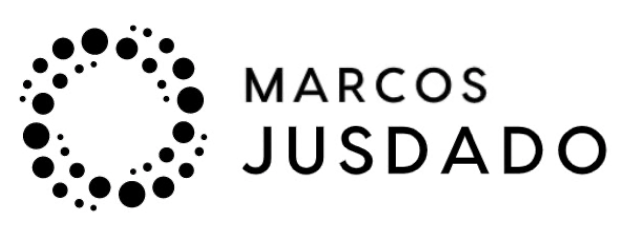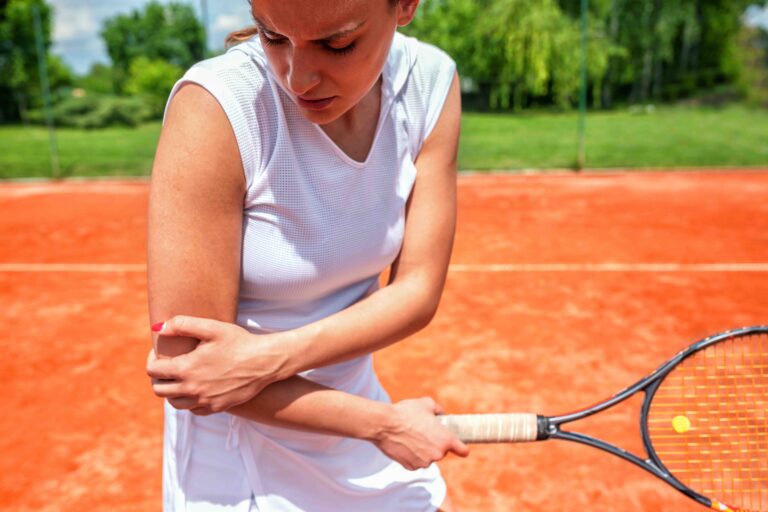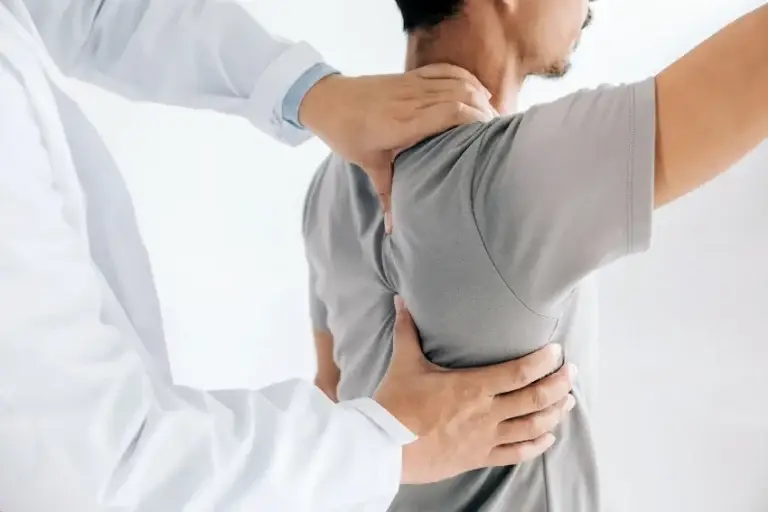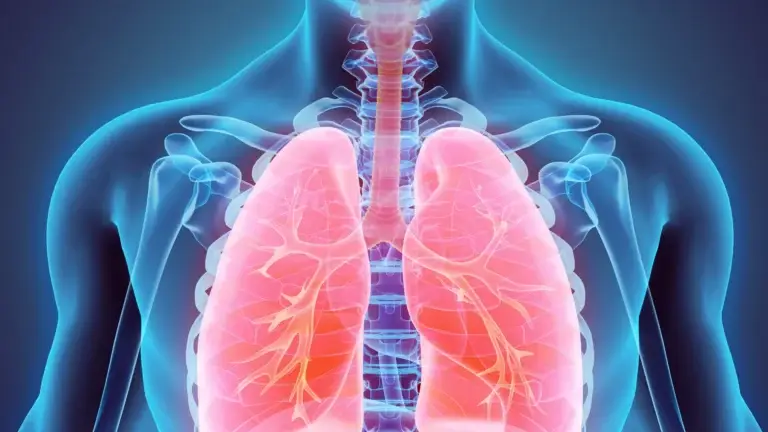Tennis elbow, medically known as lateral epicondylitis, is a painful condition that affects many people worldwide. Although the name suggests a connection to tennis, this injury is not limited to players of the sport and can affect anyone performing repetitive gripping and twisting movements of the forearm. As a physiotherapist, I have treated numerous patients with this condition, and it is important to understand its causes, symptoms, and treatment options in order to provide the best possible care.
Causes:
Tennis elbow results from inflammation or irritation of the forearm extensor tendons that attach to the lateral epicondyle of the elbow. This injury is typically caused by repetitive and excessive movements, such as those performed during tennis, weightlifting, painting, or frequent use of manual tools. Additionally, factors such as lack of proper warm-up, poor technique, or use of inappropriate equipment can increase the risk of developing lateral epicondylitis.
Symptoms:
Patients with tennis elbow generally experience pain on the outside of the elbow, which may radiate down the forearm and wrist. This pain is more noticeable when gripping objects or performing movements involving wrist extension, such as a firm handshake or lifting something with an outstretched arm. Weakness in grip strength and tenderness in the affected area are also common symptoms.
Diagnosis:
An accurate diagnosis is essential for appropriate treatment of tennis elbow. As a physiotherapist, I conduct a thorough evaluation that includes reviewing the patient’s medical history, performing specific resistance and movement tests, and carrying out physical examinations to identify the source of pain and rule out other possible injuries.
Treatment:
Treatment for tennis elbow aims to reduce inflammation, relieve pain, and promote healing. Some treatment options include:
- Rest and activity modification: Avoiding activities that worsen pain and allowing the elbow to rest to facilitate recovery.
- Cold therapy: Applying ice to the affected area can help reduce inflammation and alleviate pain.
- Anti-inflammatory medications: Nonsteroidal anti-inflammatory drugs (NSAIDs) can provide temporary relief of pain and inflammation.
- Physiotherapy: A comprehensive physiotherapy approach may include massage techniques, stretching, muscle strengthening, and manual therapy to promote healing and improve elbow function.
- Corticosteroid injections: In some cases, corticosteroid injections may be used to reduce inflammation in the affected area.
- Laser therapy techniques: Photobiomodulation or low-level laser therapy can be employed to reduce inflammation and promote healing in the injured elbow.
Prevention:
To prevent tennis elbow, it is important to follow certain recommendations:
- Proper warm-up: Before engaging in physical or sports activities, preparing muscles and tendons is essential to avoid injury.
- Correct technique: Using the correct technique during repetitive movements minimizes stress on the elbow tendons.
- Frequent breaks: Taking regular breaks during repetitive activities and stretching the forearm muscles can help prevent overload in the area.
- Muscle strengthening: Maintaining strong and balanced forearm muscles protects the tendons and reduces the risk of developing lateral epicondylitis.
In summary, tennis elbow is a common and painful injury that can affect people of various ages and activity levels. As a physiotherapist, my goal is to provide comprehensive and personalized care using various techniques and treatment options to relieve pain, promote healing, and improve function of the affected elbow. Prevention also plays a key role in avoiding this condition, and educating patients about best practices in technique and self-care is essential to maintaining long-term elbow health and well-being.











